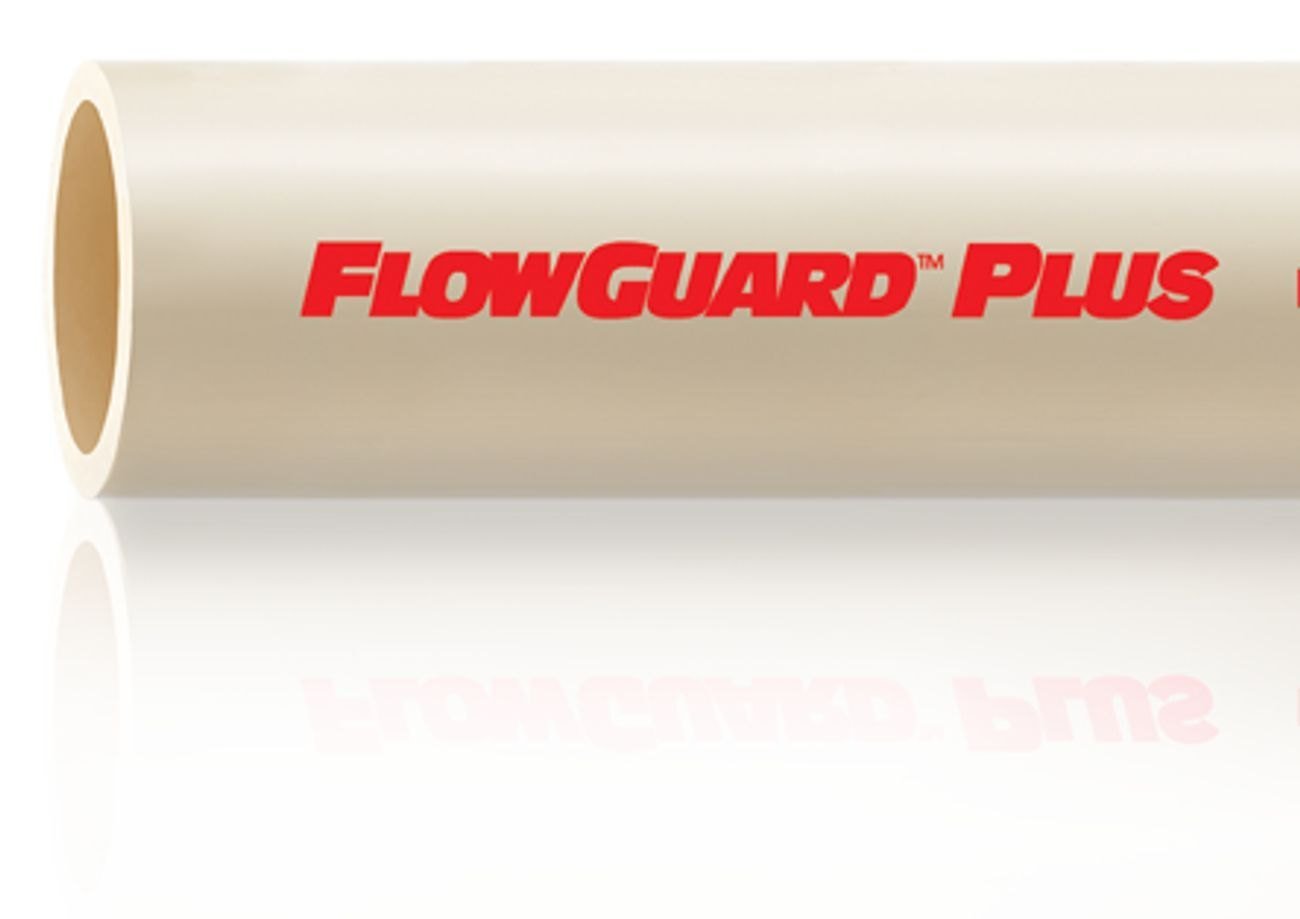
The Effects Of Hot Outdoor Climates On Plumbing Pipes
Plumbing pipes, particularly in Indian regions that are often subjected to harsh outdoor temperatures, pose significant challenges to their structural integrity and performance. This section explores how extreme heat and direct sunlight impact plumbing systems and the materials used in their construction.
The Impact of UV Exposure on Other Plastic Pipes
When it comes to other plastic pipes like HDPE, PPR, and PEX, UV exposure can be a significant concern. These materials, though widely used for their various benefits in plumbing, are not inherently resistant to the damaging effects of ultraviolet light. UV radiation can trigger a chemical reaction in these plastics known as photooxidation. This process involves the combination of oxygen or ozone with the polymers in the presence of UV light, leading to surface degradation. As a result, the affected plastic pipes may exhibit signs of brittleness, colour changes, and loss of mechanical strength.
The photooxidation process can lead to a reduction in the molecular weight of the polymer chains in these pipes. This molecular degradation leads to a decrease in tensile strength and impacts its resistance, making the pipes more prone to cracking and breaking under pressure or impact. The weakened structural integrity of these pipes can lead to leaks,bursts, and overall system failures, especially in applications where they are exposed to sunlight for extended periods.
Over time, UV-exposed HDPE, PPR, and PEX pipes can also experience changes in their flexibility and elasticity. This can affect the installation process and the long-term adaptability of the piping system to environmental stressors. In extreme cases, UV damage can even lead to complete material disintegration, posing significant risks to both the functionality and safety of the plumbing system.
The Impact of UV Exposure on CPVC Piping Material
FlowGuard Plus pipes are specifically engineered for enhanced CPVC UV resistance and incorporate advanced materials like carbon black and titanium dioxide. These additives act as UV stabilisers, absorbing and dissipating the harmful effects of UV radiation. This CPVC UV protection ensures that the essential properties of CPVC, such as its pressure rating and physical durability, remain intact even after prolonged exposure to sunlight.
While some discolouration may be observed in CPVC pipes after long-term UV exposure, it's important to note that this is a superficial change and does not indicate a compromise in the pipe's strength or functionality. The discolouration is a surface-level reaction that does not penetrate deep into the material, leaving the core properties of the CPVC unaffected. As a result, CPVC pipes maintain their ability to withstand external stress and maintain the same level of water pressure as they would without being exposed to UV.
To address the aesthetic aspect of UV-related discolouration, applying a layer of water-based latex paint is an effective solution. This not only helps in maintaining the original appearance of the CPVC pipes but also adds an extra layer of UV protection. The paint acts as a barrier, further shielding the CPVC pipe from direct sunlight and extending its lifespan in outdoor or sunlight-exposed installations.
Installation of CPVC Pipes in Hot Weather Conditions
Installing FlowGuard Plus CPVC pipes for hot conditions requires specific considerations to ensure a safe and effective process. It's crucial to clean the pipe and fittings to remove any dust or moisture that could weaken the solvent cement bond. Joints should ideally be made in cooler or shaded areas to prevent premature drying of the solvent cement. Additionally, adherence to the manufacturer's guidelines for curing times is essential, as high temperatures can significantly alter the required curing duration for FlowGuard Plus CPVC pipes.
Even though FlowGuard Plus CPVC can resist UV damage, it's advisable to cover the pipes with non-transparent material when stored outdoors for extended periods, protecting them from UV-induced discolouration. When handling CPVC pipes outdoors, it is important to find a flat, clean area away from potential hazards like sharp rocks or heavy equipment. Additionally, one must also avoid placing heavy or sharp objects on the pipes.
FlowGuard Plus Sustaining Against All Odds
FlowGuard Plus CPVC piping systems are designed for a service life of 50 years, incorporating a safety factor of 2. The FlowGuard Plus CPVC Pipe and CPVC Fittings Installation Guide offers comprehensive advice from product and engineering specialists on proper installation techniques to ensure the system functions reliably over time.
Understanding the effects of hot outdoor climates on plumbing pipes, particularly the UV resistance and protection offered by CPVC pipes, is crucial for ensuring the long-term performance and reliability of plumbing systems. FlowGuard Plus CPVC stands out as a robust solution, capable of withstanding harsh conditions while maintaining its structural integrity and performance, making it an ideal choice for plumbing in hot climates.
FAQs on Effects Of Hot Outdoor Climates On Plumbing Pipes
- Can a CPVC pipe withstand heat?
Yes, CPVC pipes are designed to withstand high temperatures. They can handle hot water and are suitable for various plumbing applications that involve heat, making them a versatile choice for both hot and cold-water systems.
- How do you protect CPVC pipes from sunlight?
To protect CPVC pipes from prolonged sunlight exposure, it's recommended to cover them with non-transparent materials if stored outdoors for long periods. Additionally, applying a coat of water-based latex paint can help prevent UV-induced discolouration and provide extra protection against sunlight.
- Does sunlight affect the CPVC pipe?
While FlowGuard Plus CPVC pipes are formulated with UV-resistant additives like carbon black and titanium dioxide, prolonged exposure to sunlight can cause superficial discolouration. However, this does not affect the pipe's structural integrity or its ability to handle pressure. For aesthetic purposes and additional protection, painting CPVC pipes is advisable.

Prasenjit Misra
Prasenjit Misra, an accomplished professional, having extensive exposure in plumbing field, currently holds the position of Lead Demand Creation & Business Development of TempRite South Asia division at Lubrizol India.
